Alvar explorations of a wandering biologist (part one)
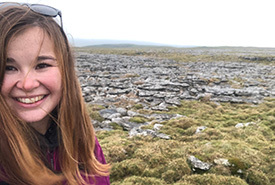
Esme on the alvar in Malham Cove, U.K. (Photo by Esme Batten/NCC staff)
“You are going to drive seven hours away to go walk around on flat rocks?” my Grandad asked when I told him about my planned trip to Malham Cove in the U.K. at the end of 2018. To most people, alvars, or limestone plains, as they are...
Digging into soil health
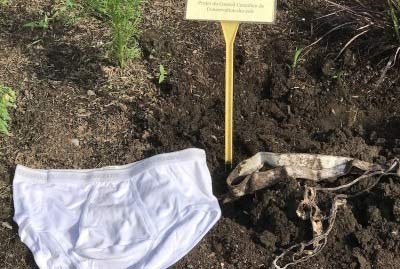
Left: new undies; right: official SCCC undies dug up at the Canada Agriculture and Food Museum in Ottawa, ON (Photo by CNW Group/Soil Conservation Council of Canada)
Across the country, people have been digging up buried underwear. In fact, they buried the underwear themselves to learn more about soil health as part of the Soil Your Undies campaign from the Soil Conservation Council of Canada. This backyard...
Enlighten yourself about species that glow
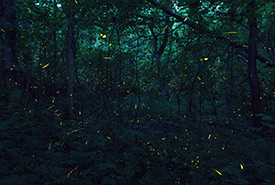
Fireflies (Photo by Zach Baranowski CC BY-NC-ND)
I had my first encounter with a “glow-in-the-dark” species when I was a child. My parents and I were visiting relatives in St. Catharines, Ontario, and we were in their backyard enjoying the warm, summer evening. In the distance, I...
Skis with wolves
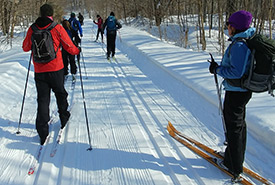
Cross-country skiing in search of wolf tracks on the Kenauk property (Photo by Jaimie Vincent)
What do you get when you combine a picturesque winter forest landscape, cross-country skiing, snowshoeing and wolf surveying? A dream trip is what I would have said just a few weeks ago. The answer, however, is a very real adventure that I...
Three reasons why it’s important to study winter
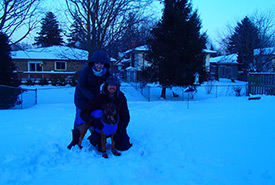
Me, my husband and dog bundled up during the polar vortex (Photo courtesy of Meghan Duell)
We tend to think of winter in temperate regions as cold, maybe snowy, maybe grey and with short daylight hours. Maybe you hate winter because you dislike feeling cold, having chapped skin, driving on icy roads and...insert weather problem here...
The future of conservation is female (part two)
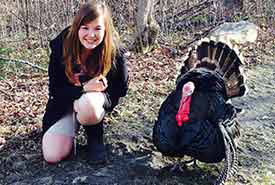
Esme Batten (Photo by Esme Batten)
In honour of International Women’s Day (March 8), over the course of the month, we are celebrating three young women working for the Nature Conservancy of Canada’s (NCC’s) Ontario Region. We speak with them to learn more about...
Frick, I love nature: Comedy as nature education
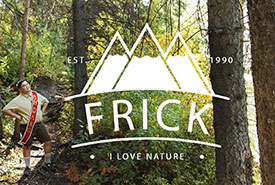
"Frick, I love nature" logo (Photo by Stephen Robinson)
Last fall I was on a trip with my girlfriend on Vancouver Island. While there, we spent a good chunk of our time exploring its national parks and learning about how life survives in those particular ecosystems. While soaking it all in, I had a...
Heard it from a Scout: Arctic action — a call for conservation
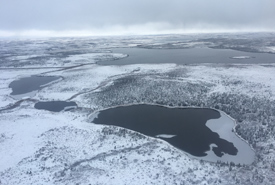
An aerial view of the Arctic landscape (Photo by NCC)
Each unique landscape in this world — whether it’s a forest, prairie, desert or the Arctic — plays a pivotal role in nature. The Arctic, in particular, supports a variety of flora and fauna while also helping to regulate global...
The future of conservation is female (Part one)
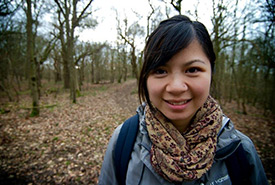
Jenna Siu (Photo by NCC)
In honour of International Women’s Day (March 8), over the course of the month we will be celebrating three young women who work for the Nature Conservancy of Canada’s (NCC’s) Ontario Region. We will speak with them to learn more...
Antlers of the East: Tracking the decline of the Atlantic-Gaspésie caribou (part two)

Woodland caribou at the summit of Mont Jacques-Cartier, tallest among the Chic Choc Mountains of Gaspésie National Park, QC. (Photo by Zack Metcalfe)
In part one of Antlers of the East, I discussed the decline of the Atlantic-Gaspésie caribou. Here is part two. Stand against extinction Since 2008, the caribou of Gaspésie National Park have been under the thoughtful study of...

